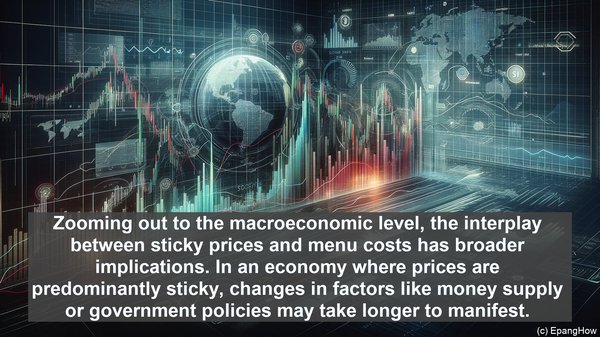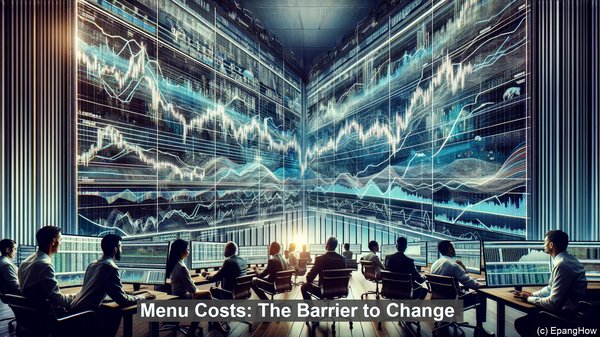Introduction: The Dynamic Pricing Landscape
Greetings, everyone! In the ever-evolving realm of economics, pricing strategies hold immense importance. Today, we’ll explore two such strategies: sticky prices and menu costs. While both influence how businesses set prices, they differ in their underlying mechanisms and implications. Let’s dive in!

Sticky Prices: The Persistence Factor
Imagine a scenario where a business faces increasing costs due to inflation. In a sticky price environment, the business might not immediately adjust the prices of its goods or services. Instead, it maintains the existing prices for a certain period, allowing for stability. This phenomenon occurs due to various factors, such as the fear of customer backlash or the costs associated with frequent price changes. While sticky prices provide stability, they can also hinder quick adjustments in response to market changes.

Menu Costs: The Barrier to Change
Now, let’s shift our focus to menu costs. The term ‘menu costs’ draws an analogy from the restaurant industry. Just as a restaurant incurs costs when updating its menu, businesses face expenses when altering their prices. These costs can include printing new price tags, updating online listings, or even retraining staff. As a result, businesses often delay price adjustments, waiting for significant changes in costs or demand. Menu costs, therefore, act as a barrier to frequent price changes.
Implications for Businesses
For businesses, the choice between sticky prices and frequent adjustments involves a trade-off. Sticky prices provide stability, ensuring customers aren’t faced with constant changes. However, they can also lead to profit squeezes if costs rise rapidly. On the other hand, frequent adjustments, while allowing for quick responses to market changes, can be costly and potentially alienate customers. Striking the right balance is crucial.
The Macroeconomic Perspective
Zooming out to the macroeconomic level, the interplay between sticky prices and menu costs has broader implications. In an economy where prices are predominantly sticky, changes in factors like money supply or government policies may take longer to manifest. This can impact inflation rates, interest rates, and overall economic stability. On the other hand, an environment with low menu costs enables businesses to swiftly adjust prices, potentially leading to more efficient markets.
